
















Traditional mortar bedding is quickly becoming a thing of the past, with dry-fix solutions replacing it as the norm for multiple applications above the roofline from ridge, hip and verge systems through to valley trough installations.
The move towards dry-fix products has been accelerated by increasing numbers of remediation claims in relation to mortar and its potential to fail, even on new buildings. Mortar has a limited lifespan and requires maintenance as it will deteriorate in time through natural ageing and weathering. It is also susceptible to cracking because of shrinking and the natural movement in the building structure. This can leave the ridge, hip tiles and verge tiles vulnerable to the elements, which can then become damaged by high winds causing water ingress and costly internal damage.
Dry-fix roofing is the method installing and of mechanically fixing products and systems to the roof perimeter without the use of sand and cement mortar. The many advantages of dry-fix roofing highlight why it has been well established in Scotland for some time where the weather tends to be more inclement and is now predominant throughout the rest of the UK and Ireland.
• Simple and quick to install
• Can be installed in any weather
• Mechanically fixed for secure installation
• Compliant with BS 5534 and NHBC requirements
BS 5534 Slating and tiling for pitched roofs and vertical cladding – Code of practice has been revised in recent times to account for the more extreme weather conditions now being experienced in the UK and for better alignment with European Standards.
The Standard has been further developed in order to reflect new regulatory requirements and design standards. Compliance with this British Standard is not a regulatory requirement but in the event of any dispute, it could be referenced as the benchmark in a court of law if necessary.
The Code of Practice focuses on three main areas of changes, relating to;
• Mechanical Fixing
• Mortar bedding
• Roof tile Underlays
Focusing on mortar bedding, the Standard states that mortar alone cannot be relied upon to fix tiles and other fittings. Simply, this means that if mortar is to be used then additional components are needed to provide a mechanical fix.
BS 8612: Dryfixedridge,hip,andverge systemsforslatingandtiling
Many of the elements contained within this Standard are methods of assessment of level of performance rather than pass/fail criteria. The Standard also sets a minimum requirement for material quality. Hambleside Danelaw’s relevant products, including dry fix ridge and hip and verge systems have been tested to demonstrate compliance with the BS 8612, all performing very well under the various assessment criteria contained within the Standard.
The Danelaw range of Interlocking Dry Verge Systems, the IDVerg, ThinVerg®, MidVerg20®, MiniVerg® and InVerg® are all tested for wind load resistance, as a tile fixing method and to ensure that gable wall staining does not occur.
Creates a close cut appearance for new build and refurbishment work.
Quick to install and does not require the need for any counter battens and special eaves pieces. Suitable for roof pitch diffrentials of up to 20o
Manufactured from durable GRP, provides weather protection for roof verges.
Central Upstand: 105mm
Suitable for profiled tile roofs. HDL



Central Upstand: 80mm
Suitable for



Suitable for new roofs, and for under batten fixing. No expansion joints or jointing pieces required and quick simple to install with no need for mortar.
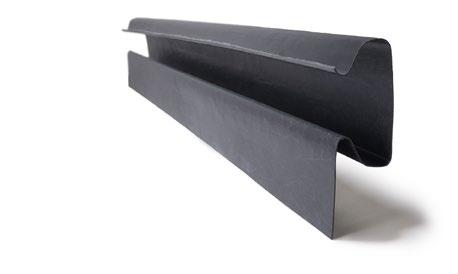
Ideal for refurbishment, designed to fit over an existing verge detail and face fix to barge board or brickwork.

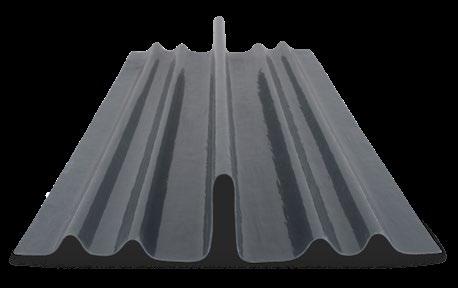

Central Upstand: 55m
Suitable for slate roofs.






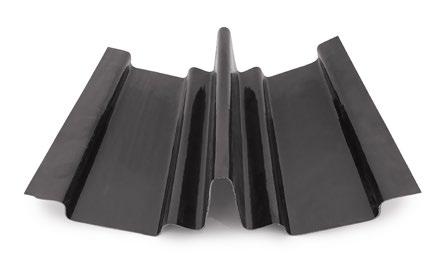



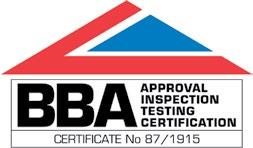



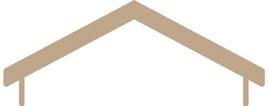








Suitable for sark board refurbishment projects. Designed to fix over existing verge detail and to be face fixed over the verge onto the gable.


for refurbishment, designed to fix directly onto the sark board surface where battens are not being used, or where an over batten fix is required.
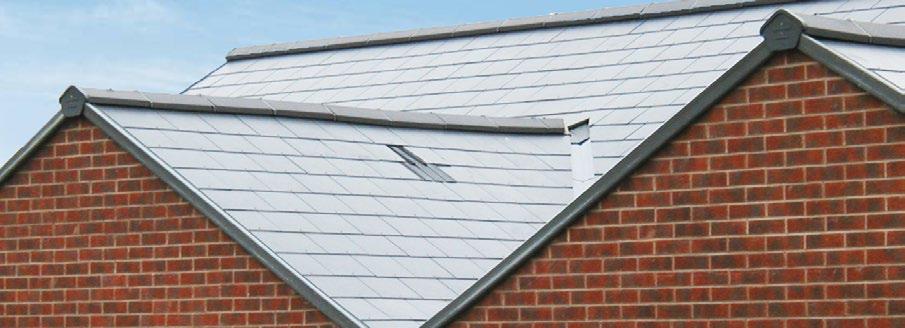



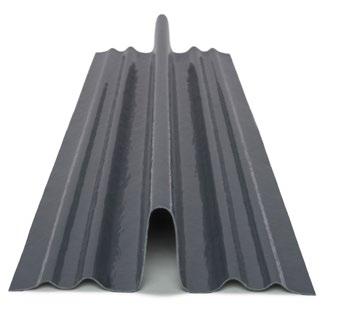




Danelaw’s Verg family has the widest range of products in the industry designed to secure the tiles, prevent weather ingress and infestation while removing the need for mortar at the roof edge. Hambleside Danelaw manufacture five different types of interlocking tile verge systems, as well as a continuous slate verge range.

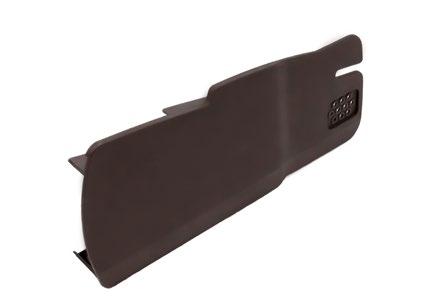



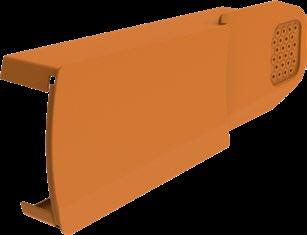
Patented design suitable for single and double cambered plain tiles at batten gauge 88mm to 104mm. Discreet kerbside appeal to retain traditional finish.
Patent number 2586153


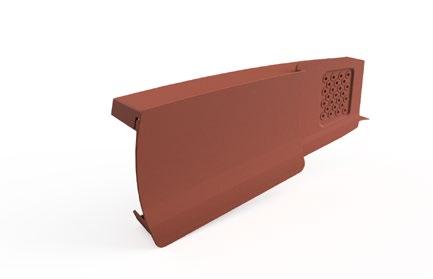
Designed to suit all flat intermediate tile types with batten gauges 200mm to 260mm.
Compatible with Edillians Arboise & Beauvoise, Marley Marquess & Monarch, Redland Cambrian, Weinerberger 20/20 tiles
for InVerg®, MidVerg®,






Designed to suit single lap interlocking plain tiles between 170mm to 200mm batten gauges.
Compatible with Forticrete Gemini & Minislate, Marley Ashmore, Redland Duo Plain tiles

Designed to prevent weather ingress and reliance on mortar at the roof edge.
Compatible with all large format thin leading edge concrete tile types


















Designed to prevent weather ingress and reliance on mortar at the roof edge.
Compatible with most large format concrete tile profiles and suitable for new build and refurbishment projects.






Danelaw® offers a variety of solutions that are cost effective and time-saving, providing a range of dry ridge systems that can also be used for the hips

A universal ventilated dry fix ridge and hip system that can be fitted with no special tools required. The patented jointing gasket adds flexibility and is also trimmable. System is suitable for different roof pitches. BS8612 compliant. Patent Pending No. GB2402727.8




Suitable for


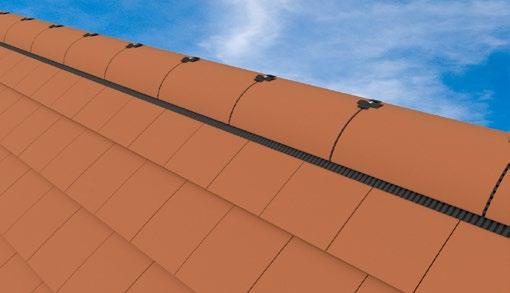
This product has all the benefits of the CON6+ but features more fixings for clay and baby ridge applications. BS8612 compliant.



A universal ventilation dry fix ridge system for mono ridges. The system is compatible with most mono ridge tile types. BS8612 compliant.


Supplementary fixings are available for the above systems:(see website for full details)
HD DFRK/1X, HD LK/3X - fixing kits for CON6+ and CLAY6+
HD MONO DFRK/1X - fixing kit for MONO6+
SwiftRidg® and SwiftRidg®+ Roll Top Ridge and Hip systems are an alternative to the traditional lead or zinc roll top ridge and hip systems suitable for slates & plain tiles at pitches of 20º to 50º. With clipable components and a unique omega shaped bracket, the SwiftRidg® is provided in a 3m kit, with the SwiftRidg®+ offering a ventilated option at ridge level.
SwiftRidg® APPLICATION









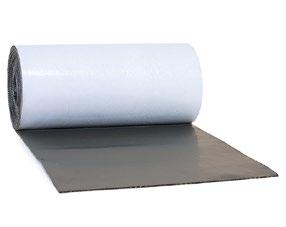



Fast Flash® A secure flashing solution. The product can be installed on roofs with a minimum 5° pitch and is compatible with most widely used roof coverings. It is easy to install with a fully adhesive reverse. No specialised tools required.
• Lead Replacement
• Usable off cuts - minimal waste
• Great stretching ability, can be increased by 60% in length and 20% in width

